Have you ever heard about
The Internet of Things (IoT)?
The Internet of Things (IoT) is a network of physical devices, automobiles, home appliances, and other items equipped with sensors, software, and connections that allow them to collect and share data with other devices and systems via the internet.
These devices, often known as “smart devices,” can communicate with the physical world and with one another, resulting in a large network of interconnected objects.
The concept of IoT has existed for several decades, but it wasn’t until the early 2000s that the name “Internet of Things” was introduced.
The original IoT devices were simple sensors and actuators that could be remotely controlled via the internet. Over time, technology has advanced to encompass more sophisticated devices and applications.
These devices utilize the Internet Protocol (IP), which is the same protocol used to identify computers on the internet and facilitate communication between them. The purpose of the Internet of Things is to have devices that self-report in real time, enhancing efficiency and bringing crucial information to the surface faster than a system that relies on human involvement. Wi-Fi, Bluetooth, and near-field communication (NFC) are some of the network connection types.
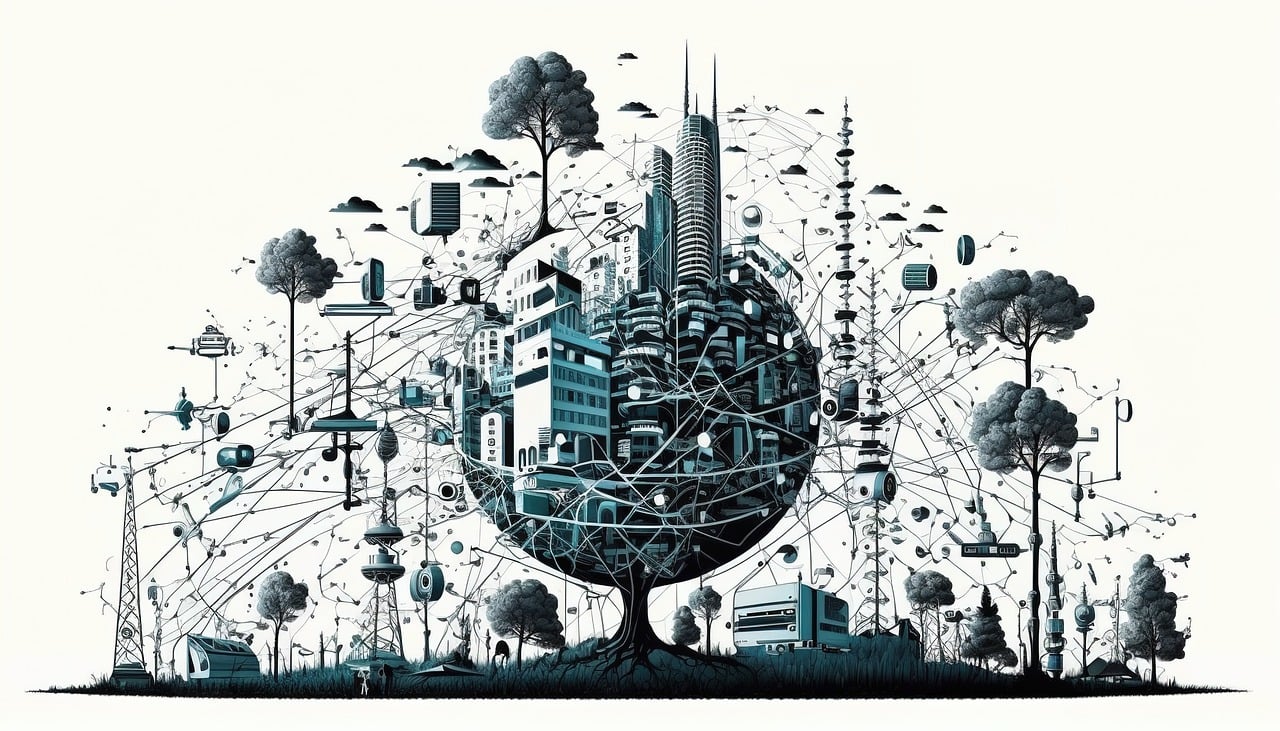
Key Components of the Internet of Things (IoT):
- Devices: These are the physical objects that are connected to the internet, such as sensors, actuators, and smart devices.
- Sensors: These are the components that collect information from their surroundings, such as temperature, humidity, and motion sensors.
- Actuators: These are the components that use sensor data to conduct actions such as turning on a light or altering the temperature.
- Connectivity: IoT devices can connect to the internet and communicate with each other.
- Autonomy: IoT devices can function independently, making decisions based on the information they collect.
- Communication Protocols: These are the standards that allow devices to communicate with each other and with the internet, including Wi-Fi, Bluetooth, and Zigbee.
- Cloud Computing: This is the infrastructure that allows devices to store and process data, as well as communicate with other devices and systems.
- Data Analytics: This is the process of evaluating data acquired by devices in order to get insights and make decisions.
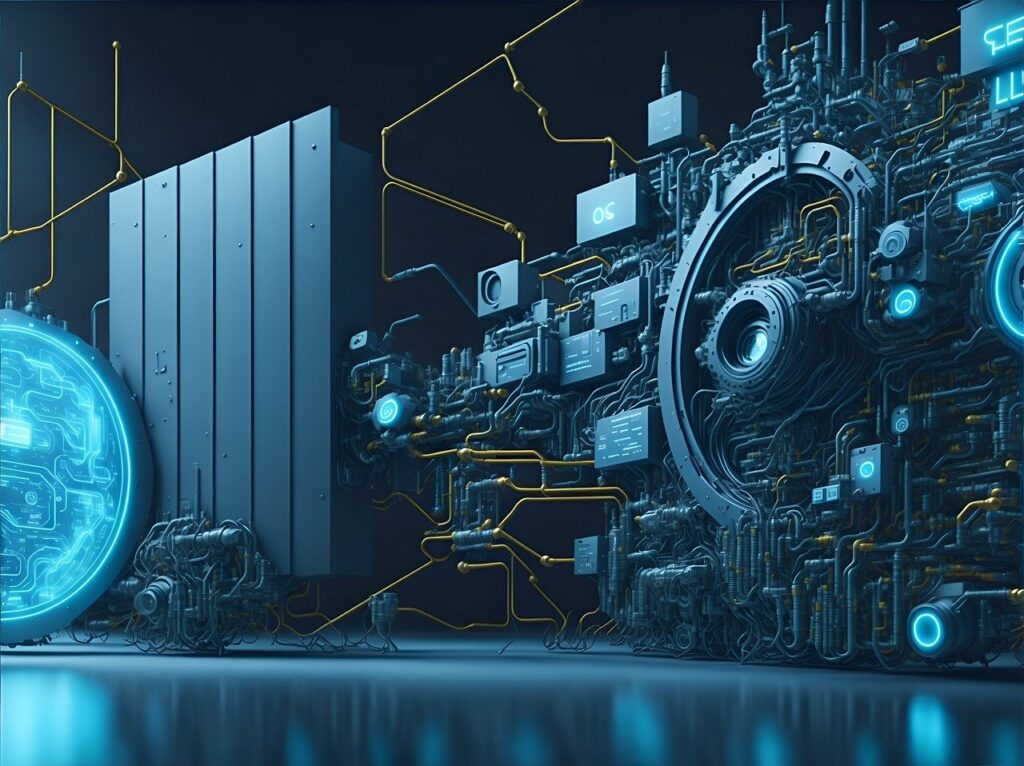


The Internet of Things (IoT) examples:
- Smart Homes: Thermostats, lights, security systems, and appliances can be remotely and automatically controlled.
- Industrial Automation: Sensors and machines can monitor and control industrial operations, increasing efficiency and decreasing costs.
- Healthcare: Internet-connected medical devices, such as insulin pumps and pacemakers, allow for remote monitoring and control.
- Wearables: Fitness trackers, smartwatches, and health monitors can all monitor personal health and wellness.
- Agriculture: Would you increase the quality of your crops by measuring the soil humidity and nutrients? By putting sensors or smart gadgets, you can elevate your crops to new levels.
- Transportation: Connected autos, traffic control systems, and logistical tracking can all help to increase safety, efficiency, and convenience.
- Energy Management: Smart grids and smart meters can help to optimize energy distribution and usage.
- and more
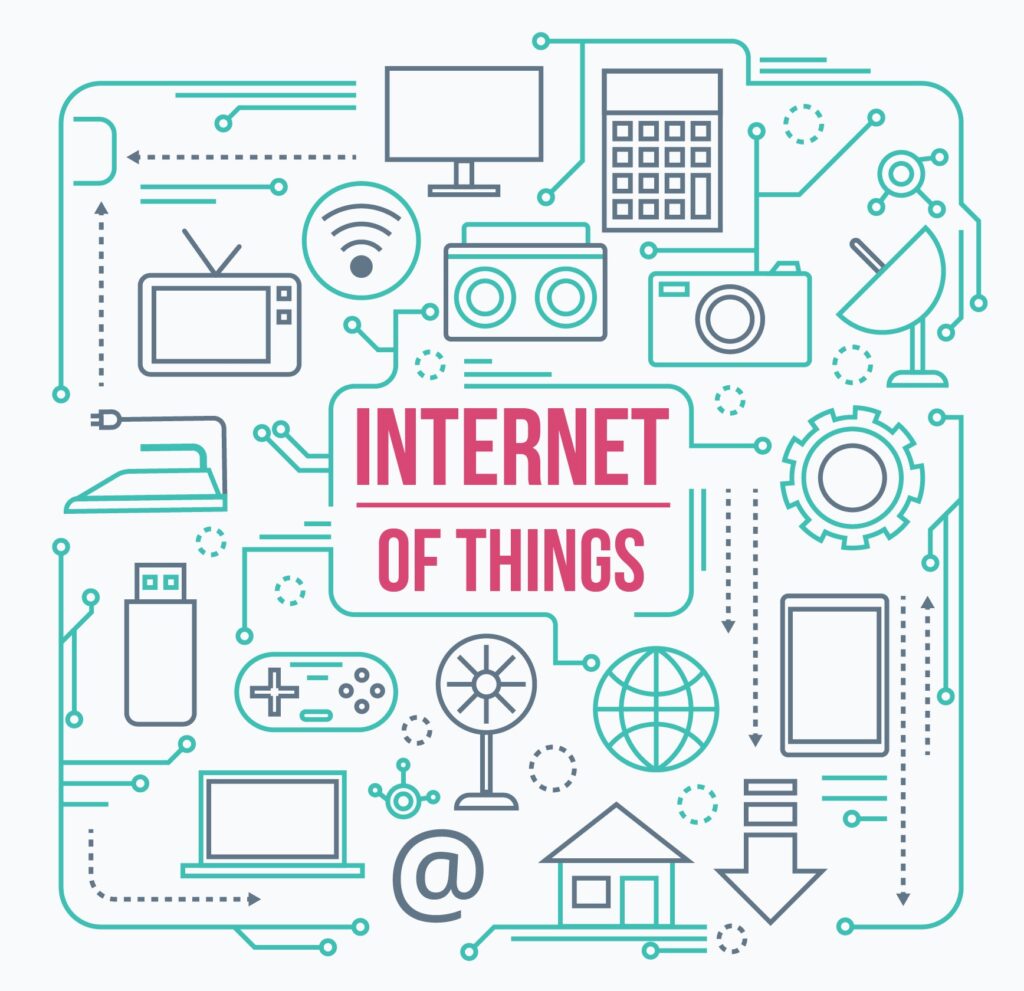
“The benefits of the Internet of Things (IoT) in terms of reducing waste and increasing productivity with automation and real-time monitoring, the ability to identify potential risks and inform authorities or specific users, and making better decisions with the insights that data analysis can provide are undeniable.“
The Internet of Things (IoT):
“Concerns, Future, Technologies”

Cyberattacks and data breaches are among the issues with IoT devices. The technology has advanced much faster than the regulatory environment. The other may be gathering private and sensitive information, which would raise privacy and data security issues.
It’s critical that various devices communicate with each other without any problems because integrating devices made by different manufacturers may become challenging in the absence of standards. Laws and regulations to control the creation and use of the Internet of Things (IoT) are still being developed by governments and regulatory organizations.
AIoT is when Artificial Intelligence meets the Internet of Things. Increased use of AI and machine learning will make IoT devices more intelligent and autonomous. Its main objective is that technological tools based on it will be able to detect errors and warn of them in the future.
According to this definition, AIoT is a new technology that can make decisions based on automatic learning.
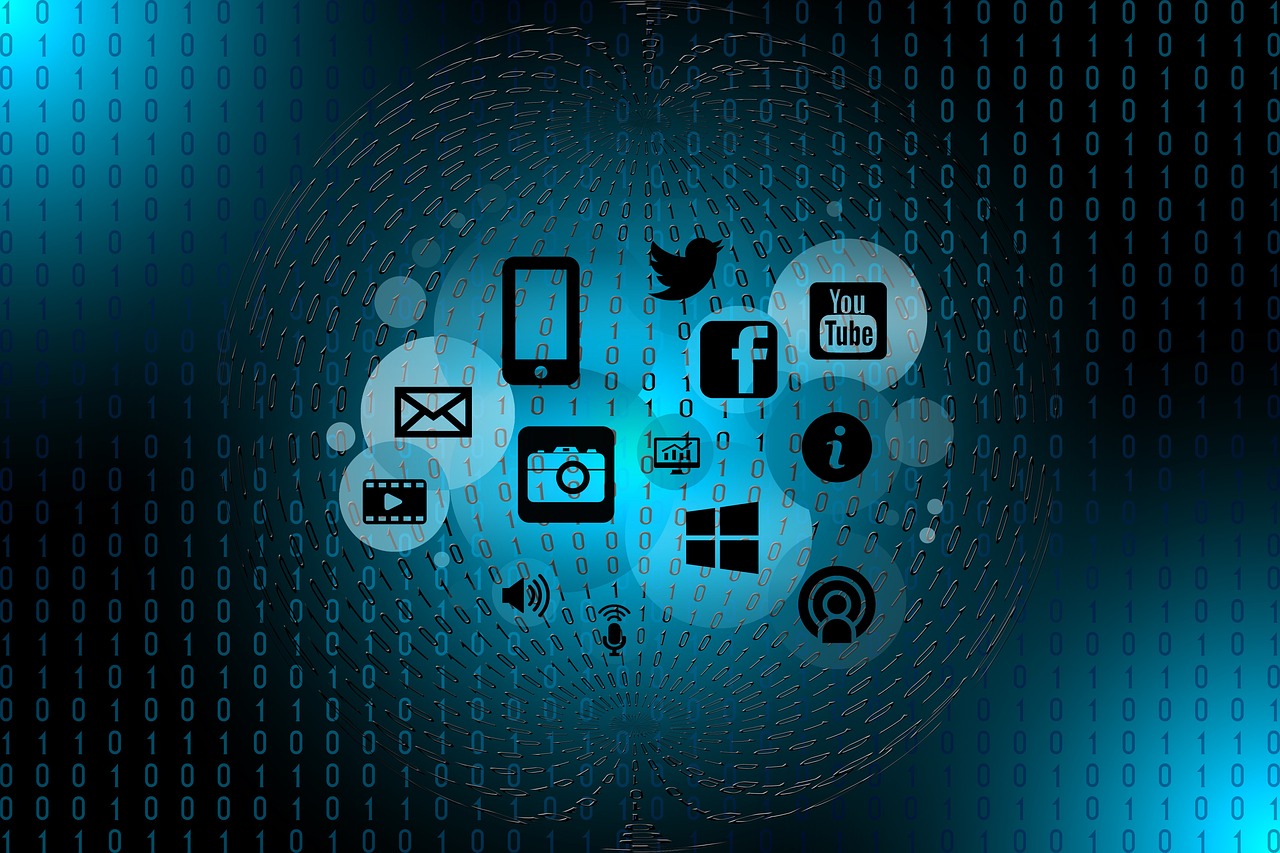
- Wi-Fi: a wireless networking technology that enables devices to connect to the internet.
- Bluetooth: a wireless personal area network technology that enables devices to communicate with each other.
- Zigbee: a low-power wireless networking technology that enables devices to communicate with each other.
- Cellular: a wireless networking technology that enables devices to connect to the internet using cellular networks.
- NFC: a wireless technology that enables devices to communicate with each other when in close proximity.
- RFID: a wireless chip that enables devices to identify and track equipment.
- LPWAN: a wireless networking technology that enables devices to communicate with each other over long distances.
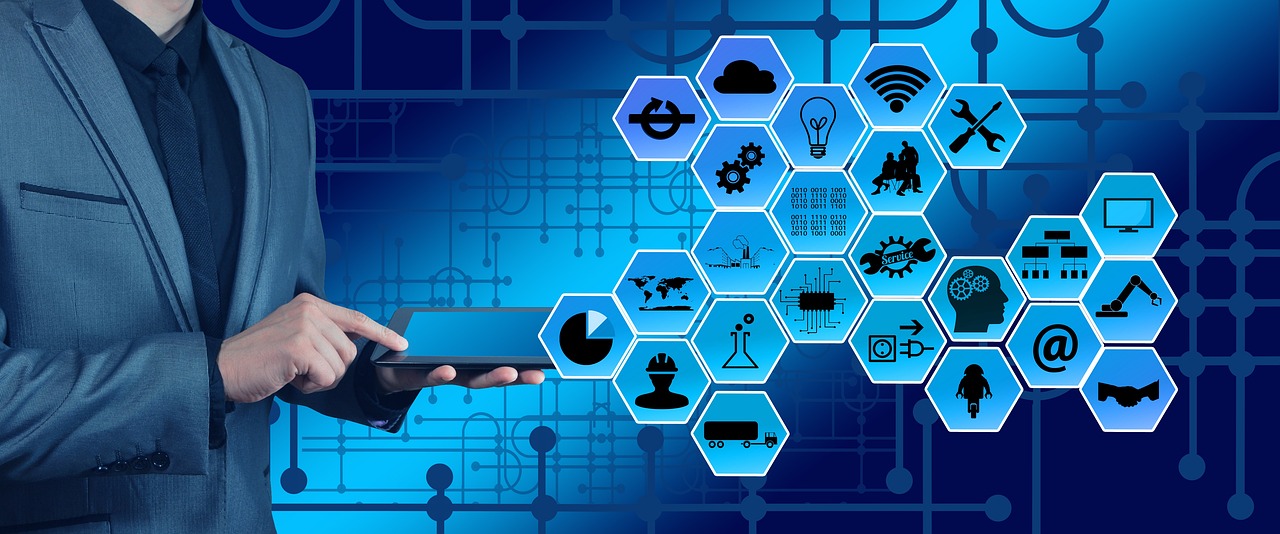
An Internet of Things device could be as simple as a light bulb or as complex as driverless cars, medicine to urban planning, or anything that has sensors that collect and transmit data to ensure swift operations. For example, intelligent trash cans are able to notify the city when they become full, thus optimizing waste collection routes.
Internet of Things can go so far that connected devices can change your entire morning routine. When you hit the snooze button, your alarm clock would automatically get the coffee machine to turn on and open your window blinds.
Your refrigerator would auto-detect finishing groceries and order them for home delivery. Your smart oven would tell you the menu for the day, it might even cook pre-assembled ingredients and make sure your lunch is ready. Your smartwatch will schedule meetings as your connected car automatically sets the GPS to stop for a fuel refill.
The opportunities are endless in the IoT world! Now that you know how IoT is revolutionising the world around us, if you want to get related app development services, connect with VRLabs. Companies in different industries want to be able to track their assets in real-time. This feature gives them the possibility to check the status of the product or asset, its performance, and if there are any internal risks, availability, and potential dangers for the monitored asset.
At VRLabs, we help you gain competitive advantages.
Is a laptop an IoT device?
Consumer smartphones, tablets, and laptops use connectivity to access the internet but are not considered Internet of Things devices. IoT devices, such as sensors, actuators, gadgets, appliances, or machines, transmit data over networks.
What are IoT platforms?
The Internet of Things (IoT) connects devices remotely for seamless operations, using platforms like Google Cloud IoT, AWS IoT Core, and Microsoft Azure to bridge the gap between sensor and data networks.
Is Alexa an AI or the Internet of Things?
Examples of Internet of Things devices are digital personal assistants like Alexa, Siri, and Cortana.
Is Netflix an IoT?
Yes, Netflix utilizes AI and Internet of Things technologies to analyze user habits, optimize content delivery, and enhance viewer retention and satisfaction through real-time data and recommendation systems.
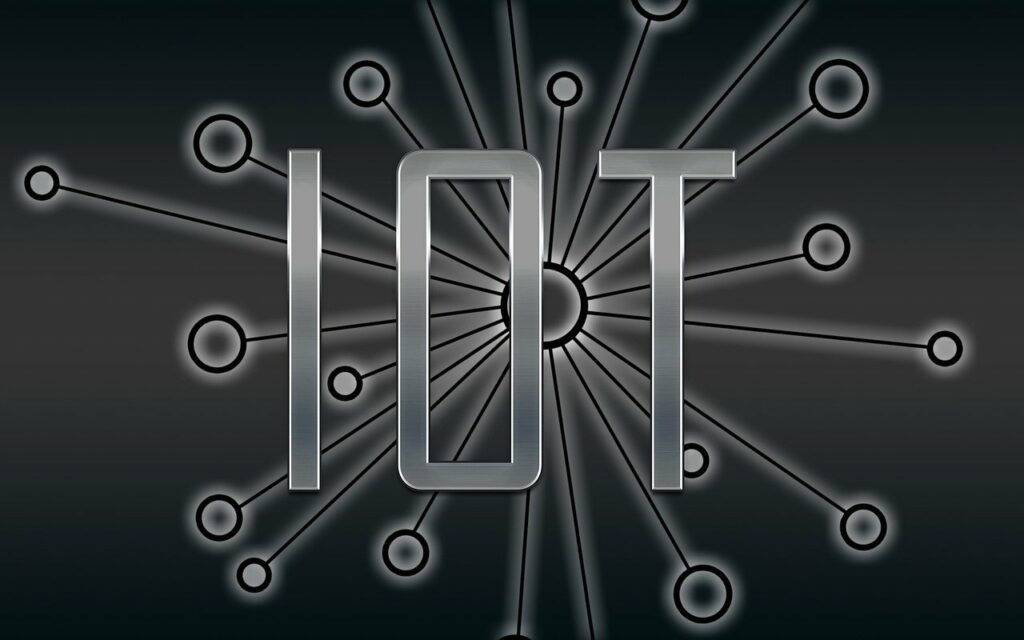
Remote Healthcare System based on AIoT
Alberto Cabri, Stefano Rovetta, Francesco Masulli, Akshi Sharma,
Pier Giuseppe Meo, Mario Magliulo.
